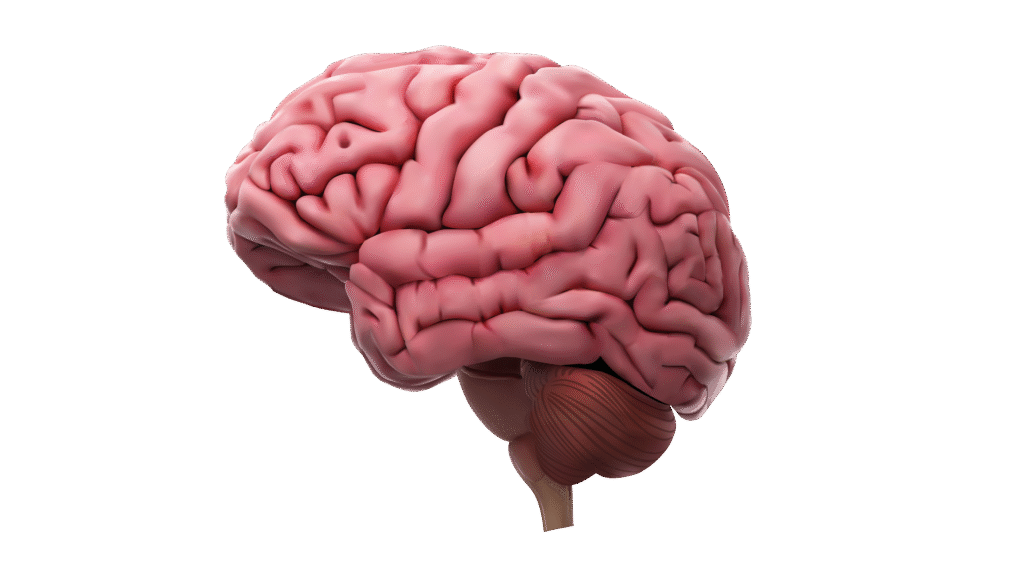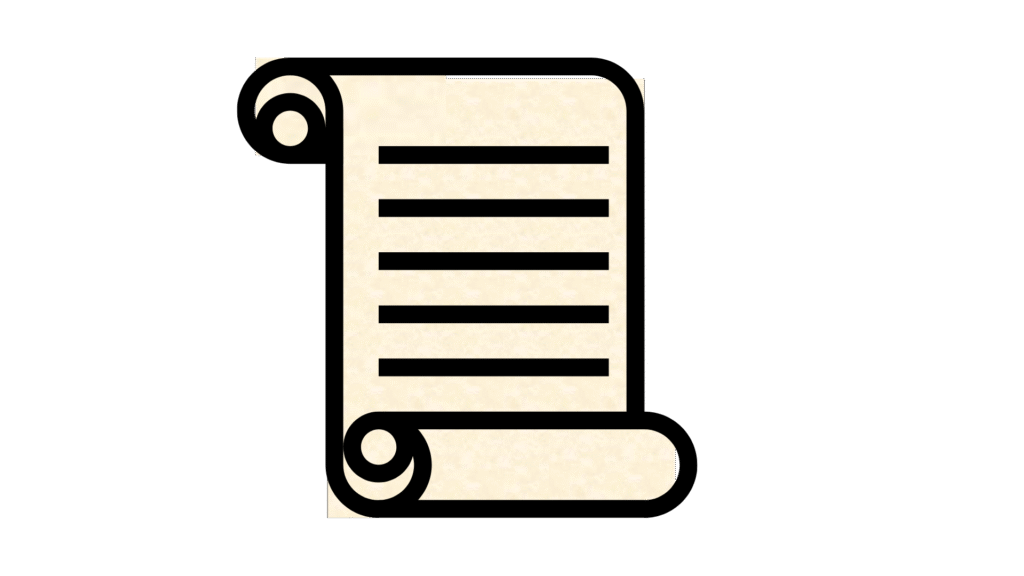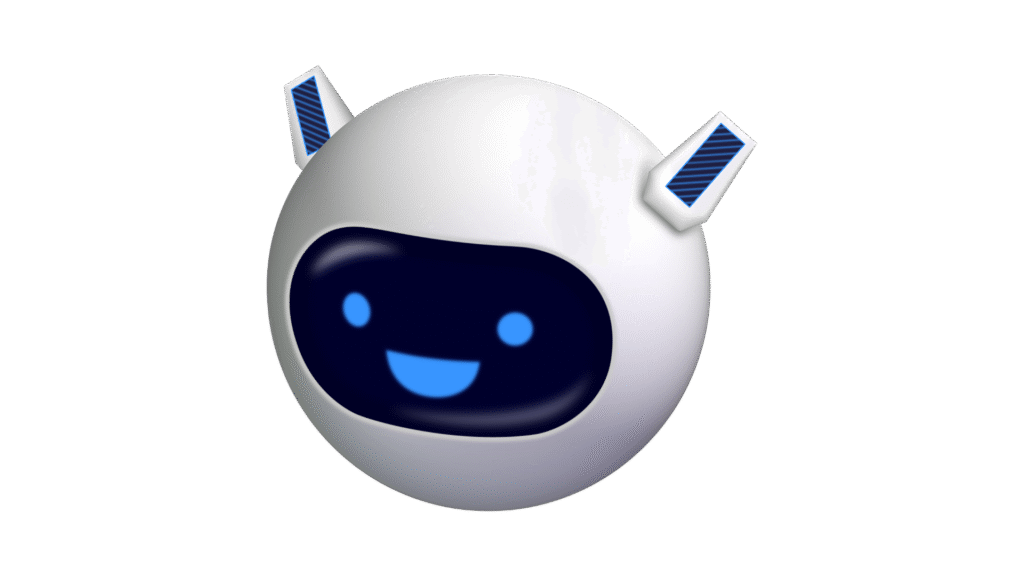Course Details
Course Description
Goals of the Course
Learning Results
Textbooks
Assessment and Grading
Distribution of Course Content
Methods of instruction
Important Technologies
Topic1 : Introduction to Artificial Intelligence
Topics Discussed:
Learning Goals:
By the end of this article, students and viewers should be able to:
- Describe artificial intelligence and its fundamental ideas
- Describe the evolution of AI
- Distinguish between weak and strong AI.
- List the different areas of artificial intelligence and their practical uses.
1. To begin, what is artificial intelligence?

Key characteristics include the following:
- They can reason and learn from a lot of data, just like humans;
- They can interact with their surroundings, frequently through robots;
Natural language processing, or NLP, is the method by which they are becoming more proficient in speaking and comprehending our language.
2. AI Foundations

| Discipline | Role in AI |
| Mathematics | The study of Logic, probability, optimization, statistics |
| Computer Science | The study of Data structures, algorithms, and programming |
| Psychology | Learning theories and human cognition |
| Linguistics | Understanding Natural Language |
| Neuroscience | Neural networks and the structure of the brain |
| Philosophy | Ethics and the nature of intelligence |
3. Key Events in the History of AI

| 1950 | To assess machine intelligence, Alan Turing suggests the Turing Test. |
| 1956 | At the Dartmouth Conference, the term “artificial intelligence” was first used. |
| 1960s and 1970s | creation of basic AI applications, such as the ELIZA chatbot |
| 1980s | The development of medical diagnosis expert systems like MYCIN |
| 1997 | Deep Blue by IBM beats chess champion Garry Kasparov |
| 2010s and 2020s | From Siri, Alexa, ChatGPT, driverless cars to machine learning, deep learning, and artificial intelligence exploding in daily life.— |
4. AI Branches

AI is made up of a number of related fields. Important branches consist of:
| Branch | Description | Example |
| Machine Learning (ML) | Systems that learn from data without explicit programming | Netflix recommendations |
| Deep Learning | A branch of machine learning that makes use of multi-layer neural networks | Recognition of faces |
| Natural Language Processing (NLP) | Comprehending and producing human language | Google Translate |
| Computer Vision | Analyzing visual information from the environment | Examination of medical pictures |
| Robotics | Automation using AI and mechanical systems | Drones that operate on their own |
| Expert Systems | AI systems that simulate human decision-making | Medical diagnosis |
| Recognition of Speech | Understanding spoken language and translating speech to text | Google Assistant and Siri |
5. Weak AI vs Strong AI

| Aspect | Weak AI (Narrow AI) | Strong AI (General AI) |
| Definition | AI created with a specific goal in mind. | AI with cognitive abilities similar to those of humans |
| Capabilities | carries out a single task effectively | able to complete any intellectual task |
| Examples | Google Maps, Siri, and ChatGPT (still theoretical) | Real AI that is similar to humans |
| Existence | Exists today | Not yet developed (as of 2025) |
Analogy:
Strong AI is comparable to an intelligent human brain in a machine, whereas weak AI is similar to a calculator.
6. AI Scope and Uses

Current Uses:
| Field | Application Example |
| Healthcare | Robotic surgery and Disease diagnosis |
| Finance | Fraud detection and stock forecasting |
| Transportation | Autonomous vehicles and traffic forecasting |
| Learning Systems | Intelligent tutoring |
| Entertainment | AI for games and content suggestions |
| Agriculture | monitoring and precision farming |
Future Scope:
- AI for climate modeling,
- AI in legal systems,
- AI governance and ethics,
- personalized AI assistants
Hazards and Issues:
- AI alignment and safety;
- Job displacement;
- Bias in AI systems;
- Ethical decision-making
